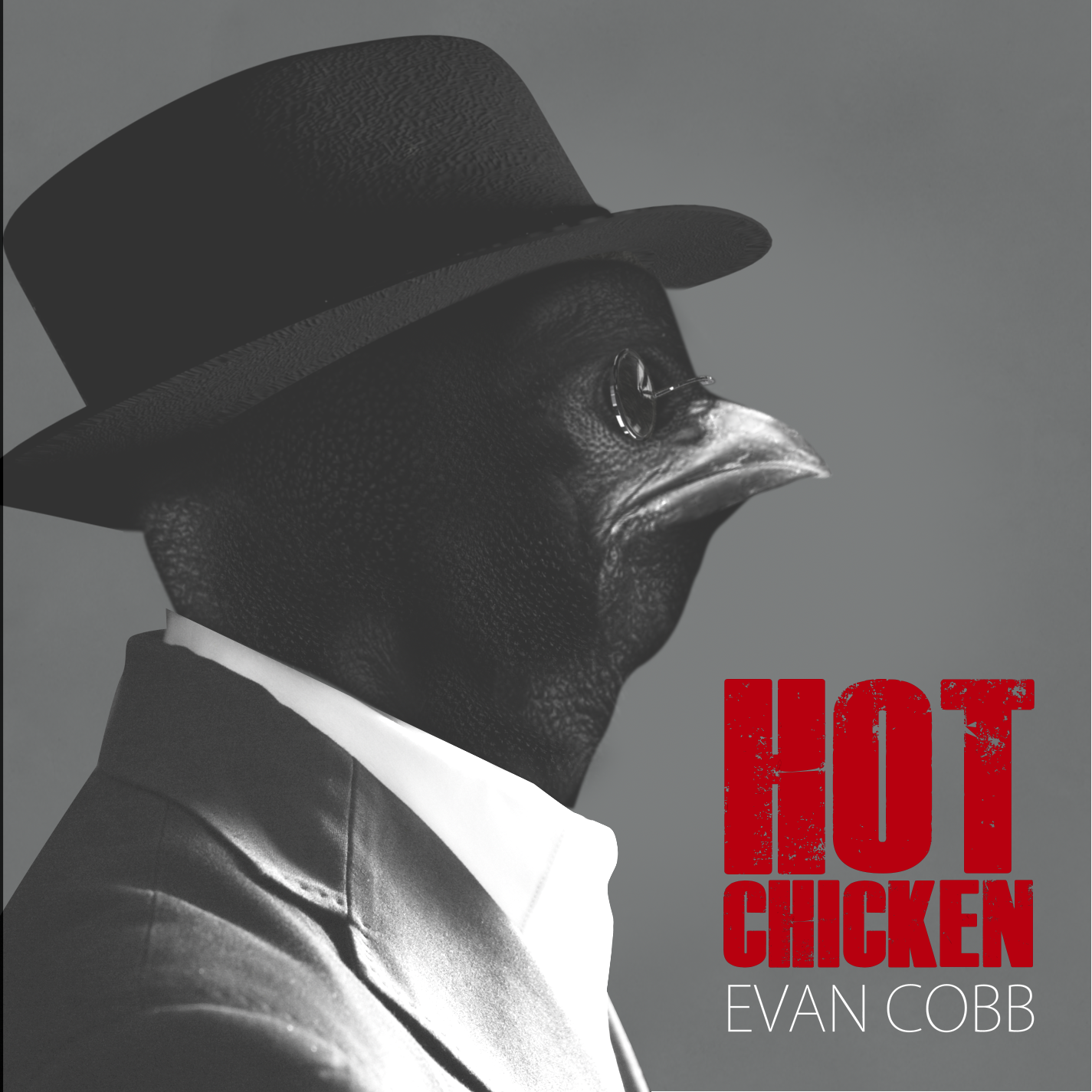As a high school student first piquing my interest in jazz, I remember becoming fascinated by the way John Coltrane cut through the changes of standard repertoire in the ensembles of Miles Davis.The Prestige album Workin’ was one of the first albums that I ever purchased, and the solos of Miles and Trane on the tracks ‘Trane’s Blues’ and ‘In Your Own Sweet Way’ were some of the first material that I ever transcribed. To a young listener developing my ears with the vocabulary of jazz, I found it enthralling to listen to Trane flow effortlessly and melodically across harmonic changes.
In Your Own Sweet Way
[audio:http://www.evancobbjazz.com/wp-content/uploads/2008/11/in-your-own-sweet-way.mp3]
As I furthered my musical studies, I found that I preferred the playing of a number of John Coltrane’s contemporaries to that of Trane. Perhaps this was partly due to the fact that I had already transcribed a lot of Trane’s material from the late 50s, but in college and my time with Buddha’s Belly, I found the material of saxophonists like Stan Getz, Sonny Stitt, and most especially Sonny Rollins to be more magnetizing and more helpful to me as a student. Many detractors of Trane’s playing lament that his style in the mid-1950s, while beautiful and amazing in many ways, was very patterned. Listening to these other players, I discovered things like how to more effectively use standard vocabulary (Stitt), how to weave and connect ideas from chorus to chorus (Getz), and how to make simple ideas swing extremely hard (Rollins).
John Coltrane certainly has one of the most recognized sounds of all tenor saxophonists and jazz musicians. Unlike many of his peers however, John Coltrane was not immediately recognized as a genius. In fact, some early musical embarrassments are what led to him to become obsessed with practicing. Coltrane’s early obsession with practicing is evident in some of the easily spotted patterns that appeared in his solos. Examining Coltrane’s solos on tunes like ‘Lazy Bird’ from Blue Train or ‘Love For Sale’ from the Miles album ’58 Sessions, you can see that there are only a few places where he states a rhythmic idea or theme. Trane primarily relies on scales and diatonic ideas, often repeating himself or only slightly varying something he played earlier.
Lazy Bird
[audio:http://www.evancobbjazz.com/wp-content/uploads/2008/11/lazy-bird-alternate-take.mp3]
John Coltrane’s effective and virtuosic use of simple diatonic patterns is what led him in the direction of his more unique and complicated patterns. Seeing how effectively he could play with linear patterns, Trane began incorporating the same simple linear ideas into different harmonic patterns, particularly in ascending and descending major thirds. This same sort of patterned soloing is what led him to write the famous (and famously difficult) tunes such as ‘Giant Steps’, ‘Countdown’, ‘26-2’, and others.
Countdown
[audio:http://www.evancobbjazz.com/wp-content/uploads/2008/11/countdown.mp3]
However, after time Trane himself rejected his patterned approach to practicing and soloing. Abandoning the constraints that he had worked so hard to incorporate into his playing, Trane instead focused on playing freely and modally on tunes with little to no scripted chord changes, such as ‘A Love Supreme,’ ‘Ascension,’ and ‘Kulu Sé Mama.’ This coincided with the time in his life where Trane became deeply spiritual, which he incorporated into his songs and solos, leading to some marathon tunes of over 30 minutes and what some might term “speaking in tongues.†Here is a quote from John during that era in the early 1960s:
“Over all, I think the main thing a musician would like to do is give a picture to the listener of the many wonderful things that he knows of and senses in the universe…â€
I’ve been thinking so much about Coltrane because this Sunday I am playing in Kyle Burnham’s band in “A Quasi Coltrane Tribute.†The ensemble is focusing on the later, modal tunes of Coltrane like Resolution, Impressions, and India. These tunes are often mistakenly thought of as easy because they are modal – based in one key with little to no chord changes – meaning young players can solo on them with just cursory knowledge of one or two scales. Having been dedicated to playing ‘within the changes’ for the last few years as well as turned off by amateur renditions, I’ve neglected to listen to this material properly in a long time. But delving back into this material has completely inspired me. John Coltrane was functioning at such an amazing musical and spiritual level that it’s very invigorating and uplifting just to hear, let alone attempt.
Resolution
[audio:http://www.evancobbjazz.com/wp-content/uploads/2008/11/resolution-part-2.mp3]
So I hope you will enjoy me in sharing this great man’s works this coming Sunday, November 30th at 8:00 inside Café Coco. For those of you who live out of town, I’ll post some highlights on here once I get them.
– evan




Hi Evan,
That was a great piece you wrote on Trane. I am also impressed with your website, it’s look as well as the technology you incorporate.
Best wishes for your continued success.
Doug Munro
Yes! Awesome website, excellent article, and one killin’ dude. Keep it up, hope to see you around the Holidays is Geneseo
Hi Evan,
I’ve been listening to Trane for years (decades actually)–I even transcribed and learned one his solos (Mr.PC) and read one biography–but your short commentary has helped me understand his evolution better than I did before. Thanks. (Personally I always preferred Coltrane over Rollins, Getz, and so forth–just because I always found Trane’s playing so intense, dense, maximal, different, and challenging.)
Best wishes on the Trane tribute gig!
-Josh